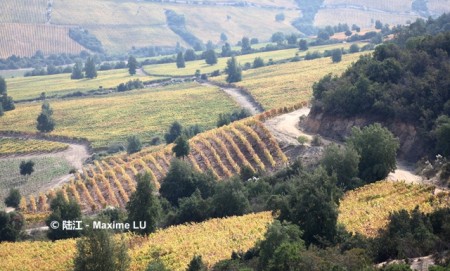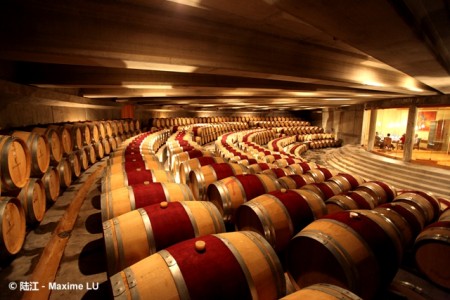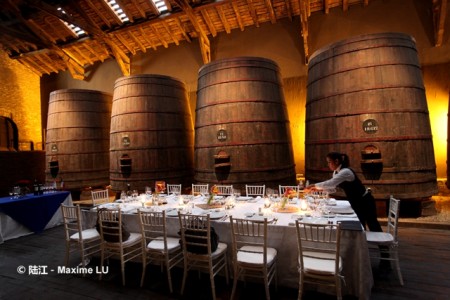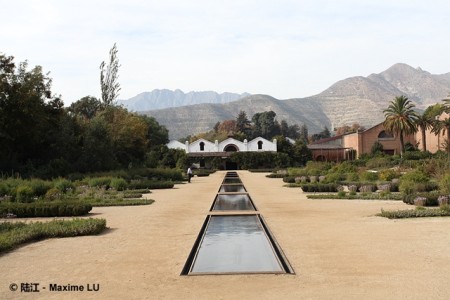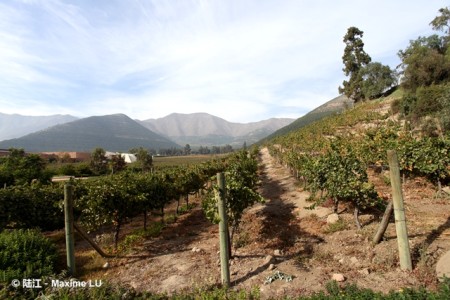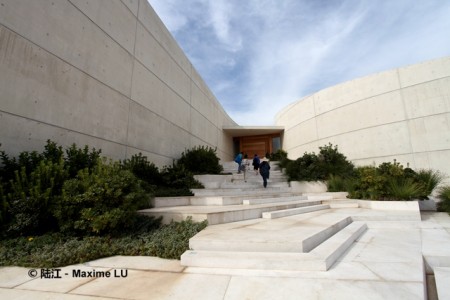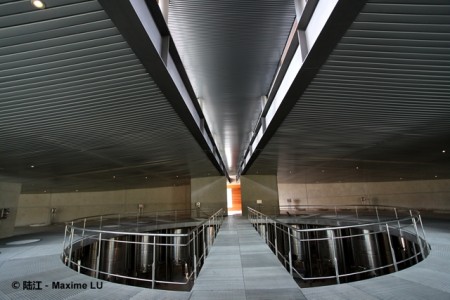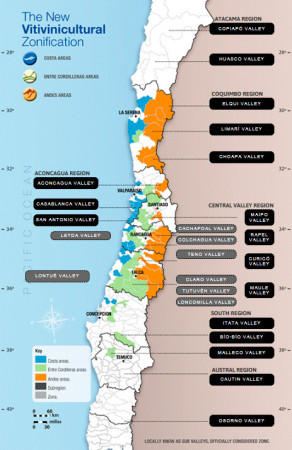A Brief Description of Development of Modern Chile Wine Regions
Text & Photo by Maxime LU
After diminishing for 10 years, China’s tariff on Chilean wines has finally been reduce to zero, Chilean wine thus once again become the focus of importers. It also has a special significance: in particular since CCP’s policy to clampdown in gifting to officials and ostentatious display of wealth in 2012; the global economic downturn; the repeatedly tightened country’s economic policy; transformation of the wine market and consumer consumption concept matures. All of these factors have shifted the market from its corporate and official consumption market, to a personal consumption-based market. With its high price-performance and diversity, Chilean wines naturally became more and more the choice of consumers.
Apalta region/photo by Maxime LU
Chilean wine price-performance is usually the most mentioned advantages, which I will not repeat here, let’s focus on a keypoint of its diversity this time: the timeline of discovery of its wine regions, and its latest development in the “Wild Times” of last four decades. In the last century, due to political and other factors, the development of the Chilean wine industry was slow before 70s, the development of the modern wine industry was basically began in the late 70s, so the last four decades has been a period that represented the development and changes of modern Chilean appellations.
Let’s briefly introduce Chile and its wine regions here. Chile is a Panhandle land, to the west is the Pacific Ocean, with more than 4000 kilometers of coastline, stretching to the east is the towering Andes, to the south is the Antarctica ice sheet, to the north is the Atacama Desert, Chile is just over 100 km in width averagely and an earthquake-prone zone, which further contributes to its extremely complex and diverse land features, topography, soil types and micro-climate.
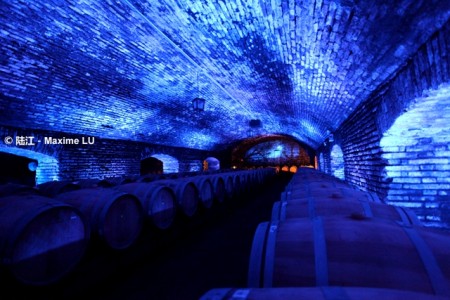
In 1979, the famous Spanish winemaker Miguel Torres (Miguel Torres) arrived Chile and started making wine in Curico valley. His arrival has since opened a new chapter in the Chilean wine industry, which is often considered to be the beginning of modern wine industry. He was the first who introduced the advanced temperature-control stainless steel fermentation tank, French oak barrels, and clones of few varietals, all of these have revolutionized development of both viticulture and wine-making technology of Chile.
1980s – Started exploring the coastal area and began to develop vineyards at the Andes foothills areas. In 1982, Pablo Morandé opened vineyard in the cold and windy Casablanca Valley after visiting Los Carneros Region, California. (Los Carneros located at the junction of Napa and Sonoma ).
Then in the 1990s, Chilean gradually developed a new batch of excellent wine regions throughout the country:
1993 – Limari Valley
1993 – Bio Bio Valley
1995 – Malleco Valley
1997 – Elqui Valley
1998 – San Antonio Valley
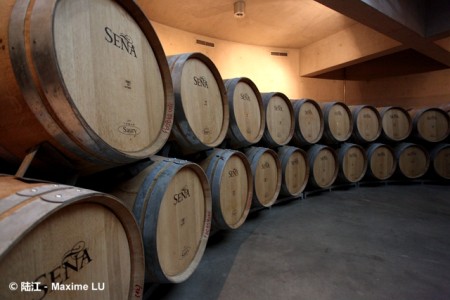
In 2007 Fundo Lechagua Winery started up a vineyard at Chiloe Island, more than 1100km south of Santiago. Vina Momberg located near the Lake Districct town of Osorno, started producing Pinot Noir and Sauvignon Blanc.
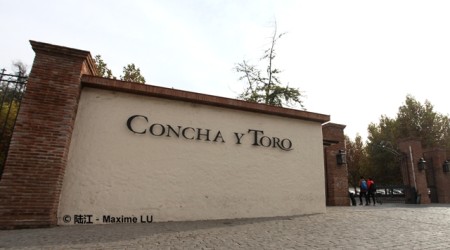
In 2012, to facilitate management, Chilean Agriculture and Livestock Service (SAG) has declared three official wine producing zone: the coastal area (Costa), the Andes area (Andes) and the between mountain ranges area (Entre Cordilleras), covering areas throughout Chile.
In 2013, Marcelo Papa, winemaker of Chile’s largest wine group Concha y Toro, mentioned during his interview with Decanter that Chile is constantly in search of suitable terroir to develop vineyard in the new viticultural area, making it one of the world’s most active wine producing countries.
Throughout the last few decades, although Chile has opened up quite a lot wine-producing areas and developed a number of regions with unique terroir, from its north to Copiapo Valley and Huasco Valley of Atacama Region, from it south to the Cautin Valley and Osorno Valley, but Chile still has great potential to be tapped. There are certainly a huge development space of the Chilean wine industry.
